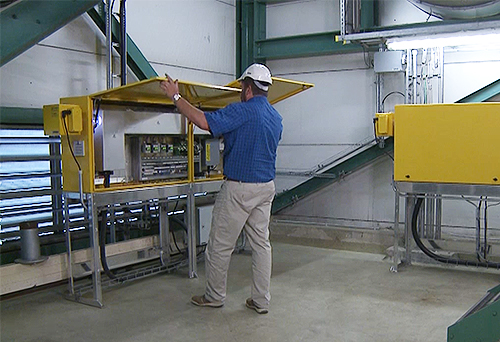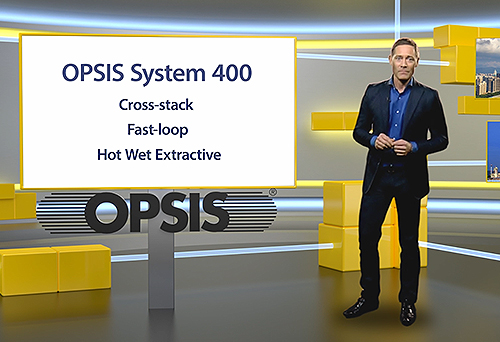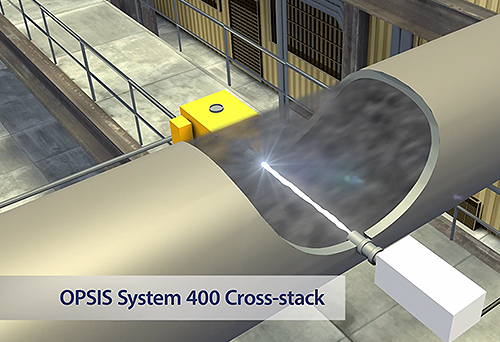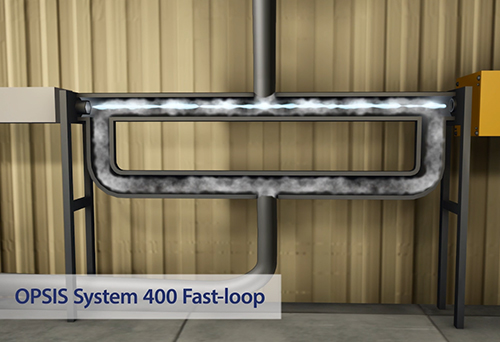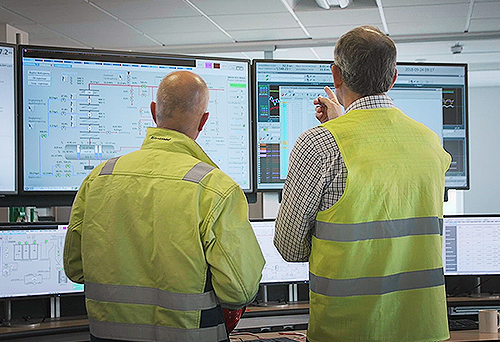Demanding monitoring environment at cement industries
Process control and emissions monitoring at a cement plant can be a challenge due to high dust levels and corrosive gases. OPSIS offers gas analysis systems that can handle these environments and that have high accuracy, short response times, and long maintenance intervals.
MANY APPLICATION AREAS
OPSIS monitoring systems are very well suited for monitoring gas concentrations in the dusty and corrosive environments in the cement industry. A large number of installations confirms this.
The OPSIS systems are most often used to monitor emissions to the ambient air. There are often authority requirements that the emissions must be monitored and reported so that they can be compared with established emission limits. Here, the concentrations of all gas types may need to be monitored together with dust, flue gas flow, etc.
The OPSIS monitoring systems can also be used to monitor and optimise the combustion process by measuring CO and O2 concentrations in the hot raw gas directly after the furnaces. Signals to control the raw gas cleaning can also be retrieved from the OPSIS monitoring systems. More information about this can be found on the raw gas monitoring page. See our application page on mercury monitoring for more information about Hg and total Hg monitoring.
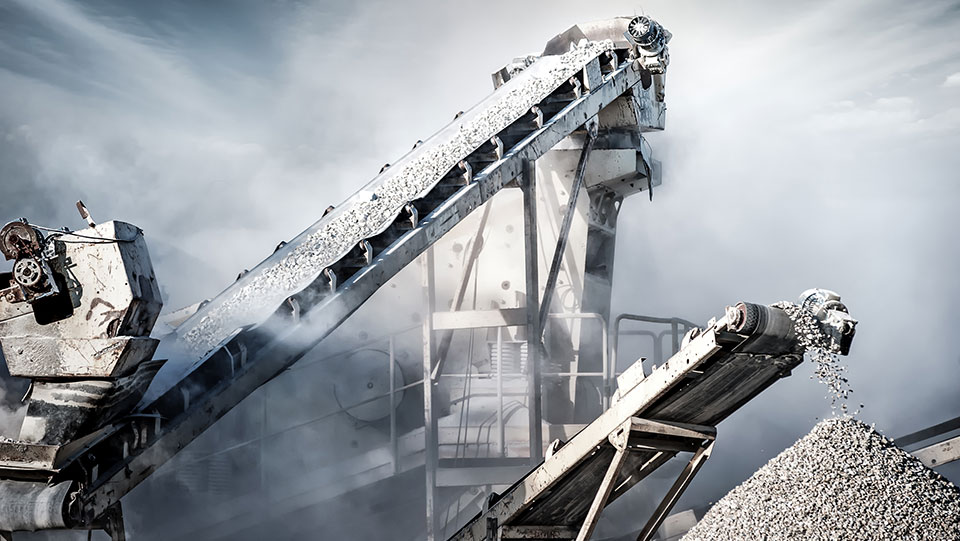
CERTIFIED SYSTEMS WITH HIGH PERFORMANCE
The OPSIS monitoring systems are based on gas analysers that have short response times, are accurate, and require minimal maintenance. The monitoring takes place contact-free along light beams where gas molecules can absorb parts of the light. When monitoring emissions, light beams are either sent through the gas ducts that lead to the stacks, or some of the flue gases are led into measurement cells through which the light is sent. The light is captured and led via optical fibres to the analyser which measures the absorption and calculates the gas concentrations.
A single analyser can measure several types of gases along several light paths. It provides a very cost-effective monitoring system. The concentrations of all relevant types of gases can be monitored, for example NOX, SO2, CO, CO2, H2O, HCl, HF, NH3, CH4, Hg, and total mercury (THg).

GAS ANALYSIS WITH OPSIS
There are multiple reasons for choosing OPSIS as supplier of systems for gas analysis. Among the key benefits of the methods and solutions offered by OPSIS are:
- one system for all components including mercury
- a single system can measure at several monitoring points
- combines the benefits of the UV-DOAS, FTIR-DOAS, and TDL techniques
- best performance according to QAL1 certification
- longest calibration interval according to QAL1 certification
- optional automatic QAL3 control
- non-contact monitoring, no sampling
- long maintenance interval
- low energy consumption
- gas calibration only once a year
- thousands of systems installed worldwide
- certified by, among others, German TÜV and under British MCERTS standards.

